manioc, also under the name Yuca is a staple food in many tropical countries. In Europe, too, the tasty root has made a name for itself among gourmets and amateur cooks. However, the very undemanding plant can only be kept for a short time after harvest and must be processed quickly.
What you should know about cassava

Cassava is grown in various tropical regions. Thanks to the different growing seasons in the growing areas, it is available almost all year round. The main producing countries for worldwide cassava production are Nigeria, Thailand, Indonesia and Brazil.
In many other African countries and in the Dominican Republic, cassava is one of the most important agricultural products. The cassava plant was not originally at home in many of these regions: cassava comes from South and Central America and found its way to other continents as a cultivated plant. There she quickly made herself popular because she is very undemanding and delivers very good yields. It feels most comfortable on sandy or loamy soils and can also be grown on slightly acidic substrates. Cassava does not require much nutrients and can also thrive in soils with a high manganese and aluminum content. However, it is sensitive to cold: at temperatures below 10 ° C, the tropical plants die.
On the other hand, dry periods are not a problem: In dry periods, cassava plants shed their leaves. But as soon as moisture is available again, the cassava sprouts again quickly. As a member of the milkweed family, cassava bushes can reach a height of up to five meters. Both the roots and the leaves are processed. The cassava root is similar to the potato in the way it is prepared. In terms of taste, however, the two tubers differ: cassava generally tastes slightly more fruity than potatoes, and often slightly sweet. However, a distinction can be made between sweet and bitter varieties.
The latter contain a particularly high proportion of linamarine, the so-called hydrocyanic acid glycoside. This toxic ingredient is also the reason why cassava should never be eaten raw. Because only when cooking, deep-frying, fermenting or baking is the hydrocyanic acid in the cassava destroyed and the vegetables non-toxic.
Importance to health
In many tropical countries, cassava is just as important as a basic foodstuff as potatoes are in Germany. The plant, which is very undemanding in cultivation, is therefore an important source of energy. Cassava does not have any other significance in terms of health.
On the contrary: the hydrocyanic acid contained can even pose health risks. Therefore, the tubers of the cassava should only be cooked on the table. Because of the low protein content in the cassava root, malnutrition can also arise if people mainly eat this food. Nevertheless, the manioc plant is also said to have beneficial effects. The seeds of some types of cassava are considered to be laxative and fresh roots are helpful in combating ulcers. And the protein-containing leaves of cassava are eaten as a cooked side dish in some regions in order to absorb valuable protein.
Cassava can also help against health problems in the form of flour: For people who are allergic to grains such as wheat and the like. cassava flour is a good alternative. Since it does not contain gluten, it can also be used if you have an existing gluten intolerance.
Ingredients & nutritional values
| Nutritional information | Amount per 100 gram |
| Calories 159 | Fat content 0.3 g |
| cholesterol 0 mg | sodium 14 mg |
| potassium 271 mg | carbohydrates 38 g |
| Fiber 1.8 g | protein 1.4 g |
In addition to the harmful substance hydrogen cyanide glycoside, the cassava root contains numerous valuable components. These include iron, calcium, phosphorus, potassium and vitamin C. In addition, the cassava tuber is characterized by a high starch content and is a good source of carbohydrates.
Fat, on the other hand, is only contained in a negligibly small proportion, as are essential amino acids. The protein content in the tubers is also rather low - but the cassava leaves can be used as a side dish to compensate. Because these contain significantly more protein. Compared to potatoes, cassava is slightly higher in carbohydrates and energy: while 100 g potatoes contain a total of 77 kilocalories and 17 g carbohydrates, cassava tubers have 159 kilocalories and 38 g carbohydrates. The leaves of the cassava provide around 91 kcal per 100 g.
Intolerances & allergies
Cassava does contain the dangerous hydrogen cyanide. But this can easily be removed during preparation. When properly processed, cassava usually causes hardly any allergic reactions. Very few people are allergic to the plant.
However, cross-allergies can occur: People who are allergic to latex often have allergic reactions when they come into contact with cassava. In general, however, the food plant from the tropics is more helpful for allergies: Many people with gluten intolerance or grain allergy appreciate cassava flour as an exotic, healthy addition to their diet.
Shopping & kitchen tips
Since cassava spoils very quickly after harvest, the tropical tuber is rarely available raw in European latitudes. Because without special storage, cassava can only be kept for three to four days. Cassava lovers looking for fresh cassava tubers are most likely to find what they are looking for in Asian or African supermarkets.
Anyone who has such a source from which fresh cassava roots can be obtained should store them in the following way if possible after purchasing them: placing the roots in a pile or in a narrow box, coating them with moist sand or moist sawdust. This way, cassava can be stored for up to eight weeks. If you buy the food shrink-wrapped in airtight plastic bags, you can store cassava for up to three weeks. Manioc roots can be kept for a particularly long time when frozen or waxed.
Before processing, it is advisable to take a closer look at the cassava: If the tubers already show blue-black or brown stripes, the so-called primary spoilage has already started. If you don't want to take this risk, you can buy processed cassava. The best-known processed cassava products include Gari (a sour, floury porridge), Fufu (a paste), Lafun (a floury paste) and Agbelima (cassava dough).
Preparation tips
The traditional way of preparing cassava in regions such as Central America and Africa is to grind or grate the tubers, squeeze the starch and then toast the cassava pulp. The most popular way of preparing cassava in Europe is cooking - similar to a potato. Other common forms of preparation are deep-frying and baking.
After peeling, the tuber should be halved long ago. The so-called central vein of the cassava root becomes visible. This should be cut out before further processing. It is then advisable to briefly soak the cassava cut into pieces, as this will wash out some of the hydrocyanic acid it contains.The remaining toxins in the cassava are then destroyed during cooking, frying, deep-frying or baking.

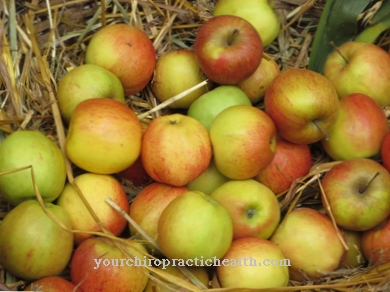
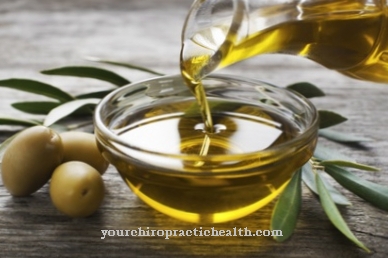

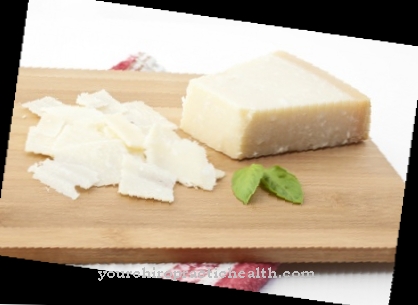
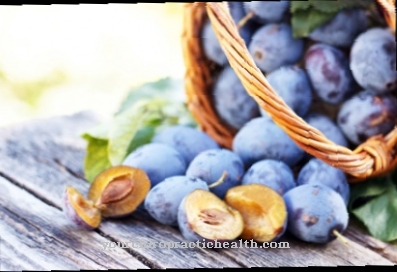
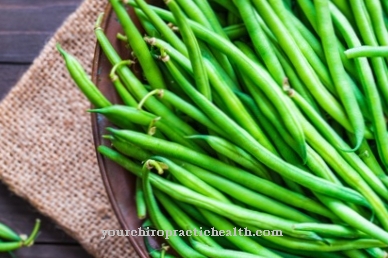

















.jpg)



